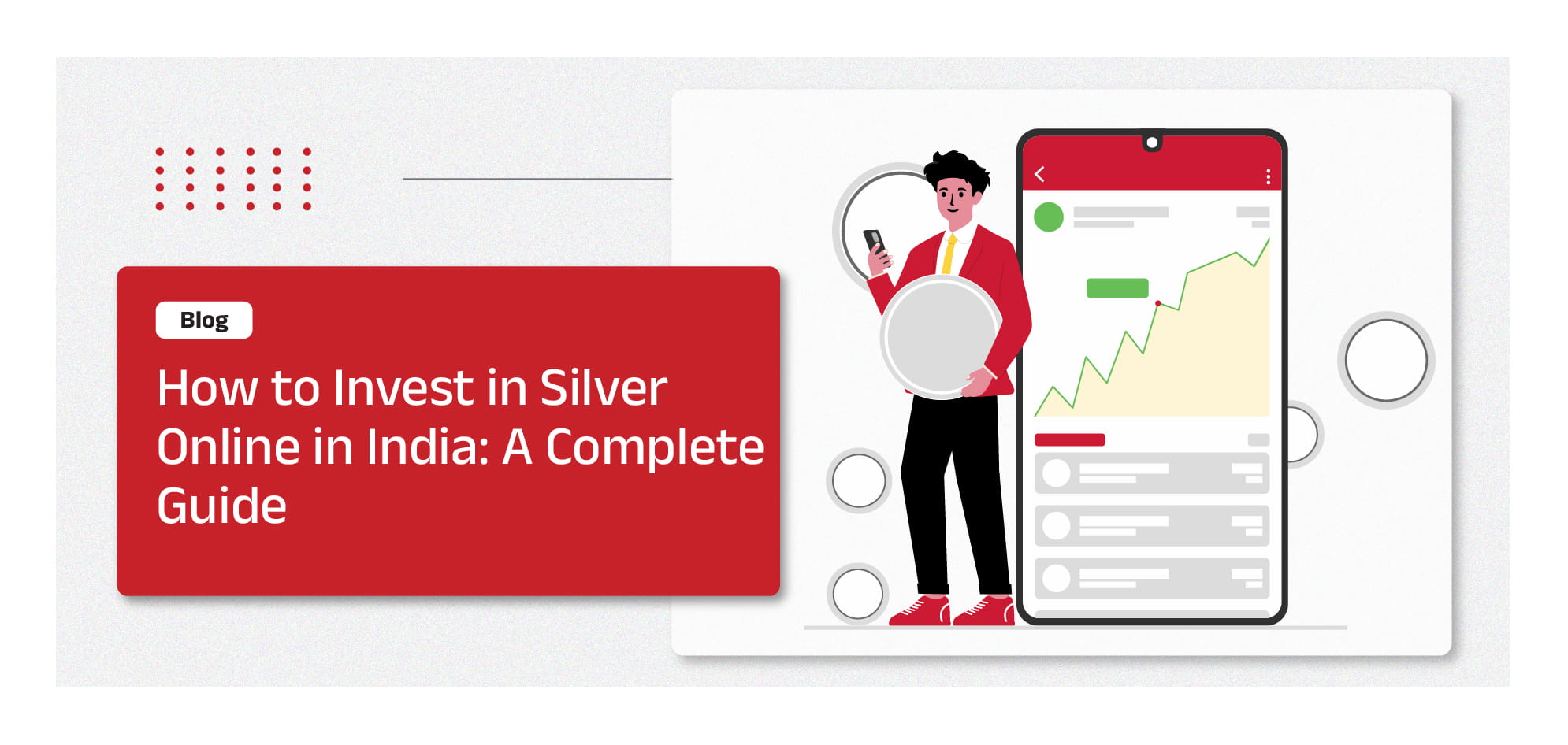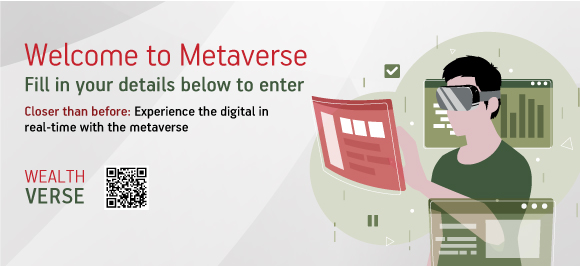-
Our Products
Our FundsFocus Funds
-
Self Care
Self-ServiceFind InformationWays To TransactPartner Solutions
-
Downloads
- Learnings
- About Us
-
More
-
Shareholders
-
Shareholders
-
Updates
-
-
SIP Calculators
- Back
-
Shareholders
How to Invest in Silver Onlinein India: A Complete Guide

Oct 25, 2025
5 min
0 Rating
Silver has always been valued for its beauty and utility, but in recent years, it’s also emerging as a serious investment option for Indian investors. Once seen as gold’s little cousin, silver is now drawing attention for its unique mix of affordability, industrial importance, and strong global demand.
With prices influenced by both industrial and investment demand, silver offers an interesting balance between safety and growth.Investment in silver in India, particularly through modern instruments such as Silver ETFs,is gaining traction.
Let’s understand how you can invest in silver online and why Silver Exchange Traded Funds (ETFs) are fast becoming one of the best ways to participate in this shining opportunity.
Physical Silver: Coins, Bars, Jewellery
Traditionally, Indians have invested in silver in its physical form — coins, bars, and jewellery. Buying silver coins for auspicious occasions or using them in ornaments remains a part of our culture. However, while it carries emotional and aesthetic value, physical silver also comes with some practical issues.
Storage and Safety:
Physical silver takes up space and needs secure storage, whether at home or in a locker. There’s always a risk of theft or loss.
Purity and Authenticity:
Purity levels vary across sellers. Genuine investment-grade silver should be at least 99.9% pure but verifying that can be difficult for ordinary buyers.
Making and Transaction Costs:
Like gold, silver jewellery involves making and wastage charges that reduce returns when you sell.
Liquidity and Resale:
Selling physical silver can take time, and the resale price depends on local jeweller rates rather than uniform market pricing.
In short, while physical silver has its charm, it may not be the best way to benefit from silver’s potential as an investment asset in 2025.
Silver ETFs and Mutual Funds
The introduction of Silver ETFs has made it much easier to invest in silver without dealing with the hassles of physical storage. A Silver ETF (Exchange Traded Fund) is a fund that invests primarily in physical silver and silver-related instruments.
Here’s what makes Silver ETFs a good investment option:
High Purity and Standardisation: The silver held by ETFs must meet London Bullion Market Association (LBMA) standards: 30 kg bars of 99.9% purity.
Transparency: The Net Asset Value (NAV) of Silver ETFs is calculated daily, ensuring investors always know their holdings’ value.
Liquidity: You can buy or sell units of a Silver ETF anytime during market hours on stock exchanges, similar to trading shares.
Reporting: The underlying physical silver is stored securely and is physically verified by statutory auditors and shall report on it on a half-yearly basis.
For those who prefer professional management, silver mutual funds (also called fund-of-funds) invest in Silver ETFs, allowing investors who don’t have demat accounts to participate easily.
If you’re wondering how to invest in a silver ETF, the process is simple:
Open a demat and trading account with a registered broker.
Choose a Silver ETF listed on NSE or BSE.
Buy the units like regular shares.
Monitor prices through the fund’s NAV or exchange listing.
For investors looking to invest in silver online, this is one of the most transparent and convenient ways available in India today.
Digital Silver Platforms
In addition to ETFs, several online platforms now allow investors to buy digital silver: small, fractional quantities stored securely by the platform’s custodian.
While digital silver is an easy entry point, it’s important to remember that it is not as tightly regulated as Silver ETFs. The security of storage and purity assurance depend entirely on the platform provider. So, while it’s convenient for short-term saving or gifting, long-term investors generally prefer the safety and transparency of SEBI-regulated Silver ETFs.
For those learning how to invest in silver online, a combination of digital silver (for convenience) and ETFs (for long-term investing) can be a smart strategy.
Industrial Demand and Impact on Silver Prices
Silver’s value isn’t driven by jewellery and investment demand alone — it’s also an essential industrial metal. Around half of global silver consumption comes from industries like electronics, solar energy, and electric vehicles.
As India and the world move toward renewable energy and advanced technology, demand for silver is projected to rise sharply. Solar panels, electric batteries, and 5G equipment all require silver for conductivity.
This dual demand, as both a precious and industrial metal, gives silver a unique advantage over gold. While gold prices mainly move with investor sentiment and global uncertainty, silver prices are also influenced by industrial growth, making them more dynamic and sometimes more volatile.
Pros & Cons of Investing in Silver
Pros:
Affordable compared to gold, allowing easier entry for small investors.
High industrial demand supports long-term price growth
Silver ETFs offer transparency, purity, and liquidity.
Diversifies portfolio with a tangible, globally traded asset.
Cons:
Prices can be more volatile than gold due to industrial cycles.
Silver ETFs, like all market instruments, can face short-term price fluctuations.
In 2025, silver sits at the intersection of traditional appeal and modern utility, making it an attractive addition to a diversified investment portfolio.
Harnessing the Silver Wave for the Future
Silver is no longer just an accessory metal; it’s a symbol of the new-age investor’s adaptability. Whether you choose Silver ETFs, mutual funds, or small digital purchases, silver offers flexibility and potential for long-term gains.
For most investors, Silver ETFs strike the right balance between safety, accessibility, and growth. They provide all the advantages of owning silver without the logistical challenges.
As India’s renewable and technology sectors expand, silver’s role as a critical industrial and investment metal will only strengthen. Understanding how to invest in silver ETFs today could be your gateway to riding this emerging trend in the years ahead.
Disclaimers:
The information herein is meant only for general reading purposes and the views being expressed only constitute opinions and therefore cannot be considered as guidelines, recommendations or as a professional guide for the readers. The document has been prepared on the basis of publicly available information, internally developed data and other sources believed to be reliable. Recipients of this information are advised to rely on their own analysis, interpretations & investigations. Readers are also advised to seek independent professional advice in order to arrive at an informed investment decision.
Mutual Fund investments are subject to market risks, read all scheme related documents carefully.
No, India does not currently offer Sovereign Silver Bonds. Silver investment options are mainly through physical silver, digital platforms, or Silver ETFs and mutual funds.
Investing through Silver ETFs does not attract GST, as you are buying fund units, not the metal itself.
Silver is generally more volatile than gold because of its strong link to industrial demand. While this can lead to faster price movements, it also offers greater profit potential when industrial activity rises.





 1800-270-7000
1800-270-7000



